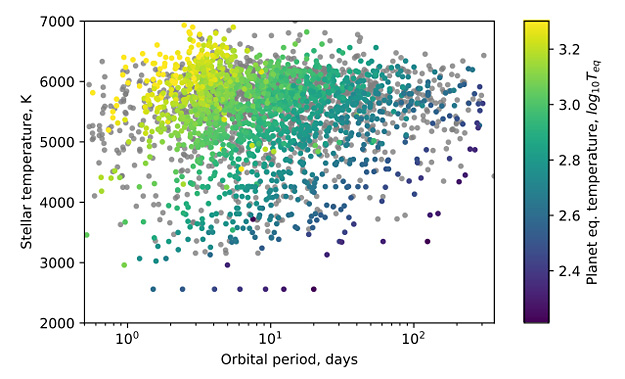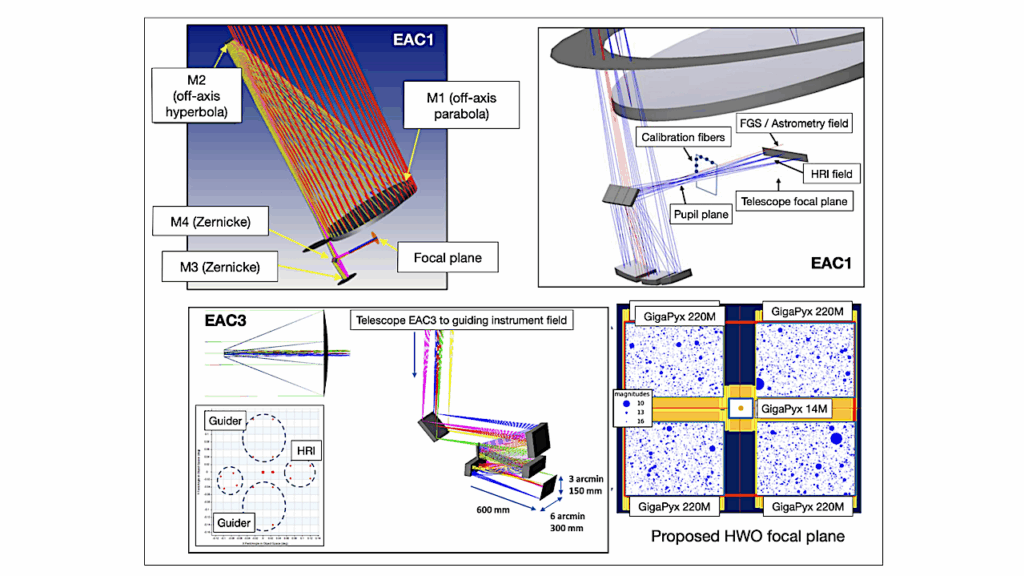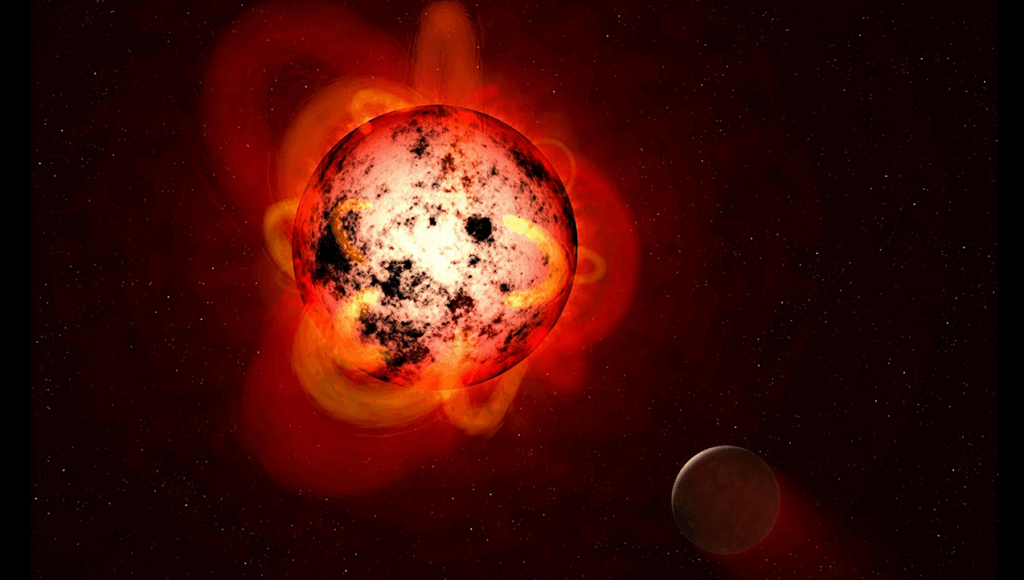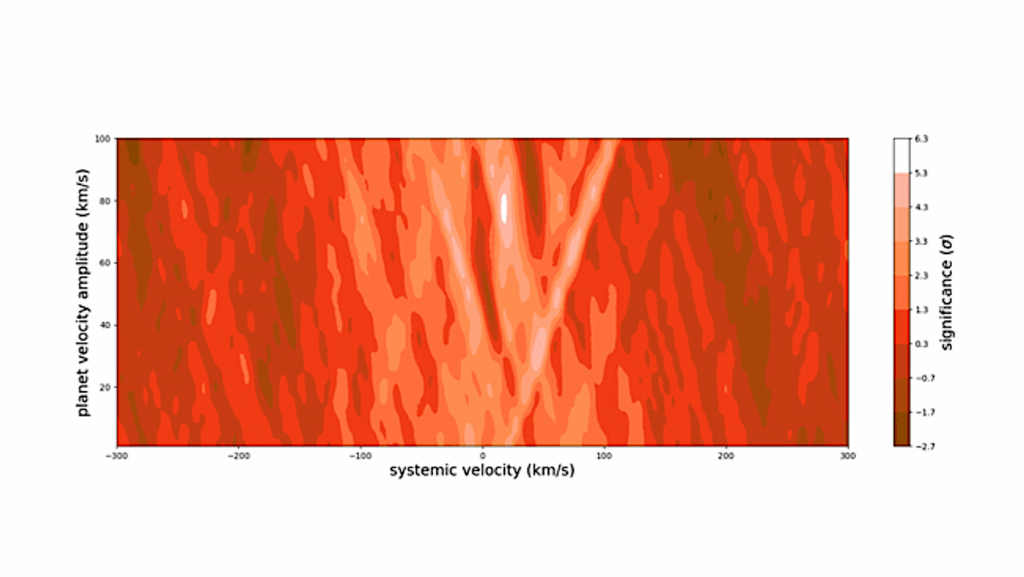The Occurrence Rate Of Exoplanets Orbiting Ultracool Dwarfs As Probed By K2

With the discovery of a planetary system around TRAPPIST-1, there has been a surge of interest in ultracool dwarfs as potential planet hosts. Planetary systems around ultracool dwarfs represent our best chance of characterising temperate rocky-planet atmospheres with JWST.
However, TRAPPIST-1 remains the only known system of its kind, and the occurrence rate of planets around ultracool dwarfs is still poorly constrained. We seek to perform a complete transit search on the ultracool dwarfs observed by NASA’s K2 mission to constrain the occurrence rate of planets around these stars. We filter and characterise the sample of ultracool dwarfs observed by K2, by fitting their spectral energy distributions and using parallaxes from Gaia. We build an automatic pipeline to perform photometry, detrend the lightcurves, and search for transits. Using extensive injection-recovery tests of our pipeline, we compute the detection sensitivity of our search, and thus the completeness of our sample.
We infer the planetary occurrence rates within a hierarchical Bayesian model (HBM) to treat uncertain planetary parameters. With the occurrence rate parametrised by a step-wise function, we show a convenient way to directly marginalise over the second level of our HBM (the planet parameters). Our method is applicable generally and can greatly speed up inference with larger catalogues of detected planets.
We detect one planet in our sample of 702 ultracool dwarfs: a previously-validated mini-Neptune. We thus infer a mini-Neptune (2 – 4Re) occurrence rate of {\eta} = 0.20+0.16-0.11 within orbital periods of 1 – 20 days. For super-Earths (1 – 2Re) and ice/gas giants (4 – 6Re) within 1 – 20 days, we place 95% credible intervals of {\eta} < 1.14 and {\eta} < 0.29, respectively. If TRAPPIST-1-like systems were ubiquitous, we would have had a 96% chance of finding at least one.
Marko Sestovic, Brice-Olivier Demory
Comments: Accepted in A&A on 29/04/2020, 13 pages, 6 figures
Subjects: Earth and Planetary Astrophysics (astro-ph.EP); Solar and Stellar Astrophysics (astro-ph.SR)
Cite as: arXiv:2005.01440 [astro-ph.EP] (or arXiv:2005.01440v1 [astro-ph.EP] for this version)
Submission history
From: Marko Sestovic
[v1] Mon, 4 May 2020 12:52:17 UTC (339 KB
https://arxiv.org/abs/2005.01440
Astrobiology








